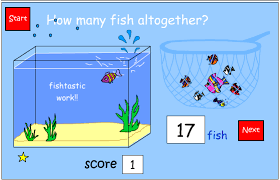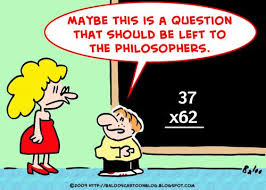Mathematics has not been my forte since young as I barely passed this subject in both primary and secondary schools. As I recalled my past experiences of learning mathematics, I didn't fare well in problems that involve geometry and diagrams - I am not good at visualizing things. Mathematics to me was 'scary' and yet I have enjoyed working on the accounts for cash collection of school fees and other fees for each month end. How contradicting am I? Hence, I was rather afraid and worried about taking this module
My Mathematics learning experiences
While reading through the five process standards of chapter 1, I reflected back to my past learning experiences. I have came to realized that although I was given many questions to solve, as everyone has been saying “Practice makes perfect” but rarely had the opportunity to discuss ideas (the process on how we solve the problem) as a class. It was just “you see I do” method. I was also told to follow the methods that were shown in the sample questions in the textbooks.
After reading chapter 2 of the book on knowing and doing mathematics, I recalled that most of us in the class relied too much on getting to the right answers and that the teachers didn’t extend our thinking beyond the problems posed. Very often after we obtained the answers to the questions, we would check against the answer key and we rejoiced once they were correctly answered. In addition, I have realized that my teachers for mathematics tended to make this “mistake” of explaining the “right” way to do the problem rather than getting us to explain our process of working to the answer.
Teaching Mathematics in the 21st Century
Based on my past learning experiences in Mathematics as a learner, I could relate to the readings of chapter 1 and 2. It also allows me to reflect back on my experiences on teaching children mathematics and makes me think of other better ways to support children in their mathematics.
Teacher plays a very crucial role in teaching mathematics to children. Firstly and most importantly the teacher has to have the knowledge of mathematics and pedagogy. She has to create an environment that offers all students an equal opportunity to learn.

Teacher could engage the use of technology such as interactive board to enhance and reinforce concepts learned through a variety of fun and interactive online or self-created activities.
Teacher should also constantly assess both children’s learning and her own teaching practices.

abstracted from
http://bertmaes.wordpress.com/tag/mathematics/
Teacher has to be a good role model for children. She must have a positive attitude towards learning mathematics (learn to enjoy mathematical activities by trying different approaches to solve problems) so that the children will like math more.
Conclusion
After reading chapter 1 and 2, my perception of mathematics has changed. I am not so afraid of mathematics anymore and I wish I could re-learn it according to the NCTM standards. I am looking forward to the first class session and the sessions that follow. I hope to gain more knowledge and insights on how to teach mathematics and plan fun activities for children in their learning journey of mathematics.







